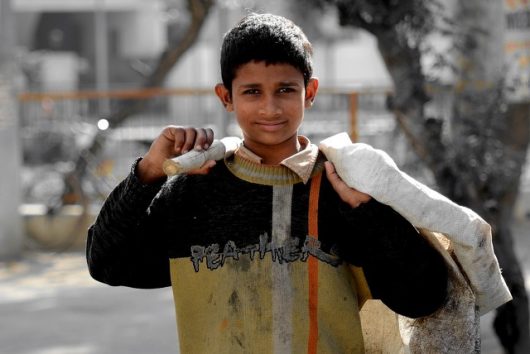The Relationship Between Jobs and Poverty

The proportion of the world’s population living in extreme poverty has decreased significantly since 2012, with 767 million people, or 10.7 percent of the population, now living below the international poverty line, which is $1.90 per person per day. Despite the global financial crisis of 2008-2009, the world poverty rate has steadily declined over the past decade. To have any hope of escaping poverty, income from stable work is essential.
According to Annette Dixon, World Bank South Asia Region Vice President, jobs are necessary to push people out of poverty. A flourishing private sector can help with job creation, while investments in education, healthcare and social protection can ensure that people are credentialed appropriately for those jobs. Investing in women’s education is also imperative if countries are to pull themselves out of poverty. In fact, a woman’s earning potential increases by 20 percent with every year of schooling she receives.
A recent study conducted by the World Bank on factors affecting poverty found a strong correlation between better jobs and poverty reduction. The study, which was conducted in Cambodia, Mongolia, Philippines, Thailand, Timor-Leste and Vietnam, found that a steady income was the largest contributor to poverty reduction. With the exception of the Philippines, incomes from jobs explained 40 percent of the observable reduction in poverty. On the other hand, in Timor-Leste, the loss of labor income between 2001 and 2007, during a period of civil conflicts, explained almost all of the increase in poverty.
The type of labor income plays an important role when discussing better jobs and poverty reduction initiatives. While work in agriculture was a major driver of poverty reduction in the 1980s and 1990s, more recently this has been replaced by wage incomes. Wage incomes explain 50 percent of poverty reduction in countries like Vietnam, the Philippines and Cambodia. In this respect, a flourishing private sector and employment-related training can help bridge the gap between skilled labor and targeted jobs.
The bottom line is that ending poverty and boosting shared prosperity hinge on creating better labor market conditions for the poor. In other words, steady income through better jobs and poverty reduction go hand in hand. Job creation, higher productivity and growth in real wages at the bottom of the distribution are the main mechanisms to achieve sustained poverty reduction.
– Jagriti Misra
Photo: Google
